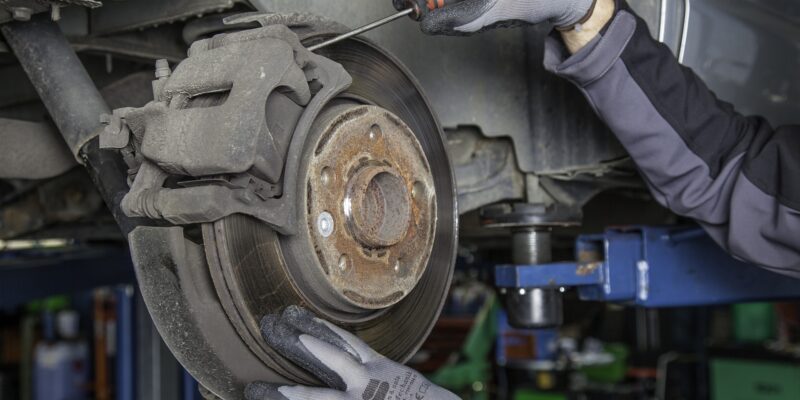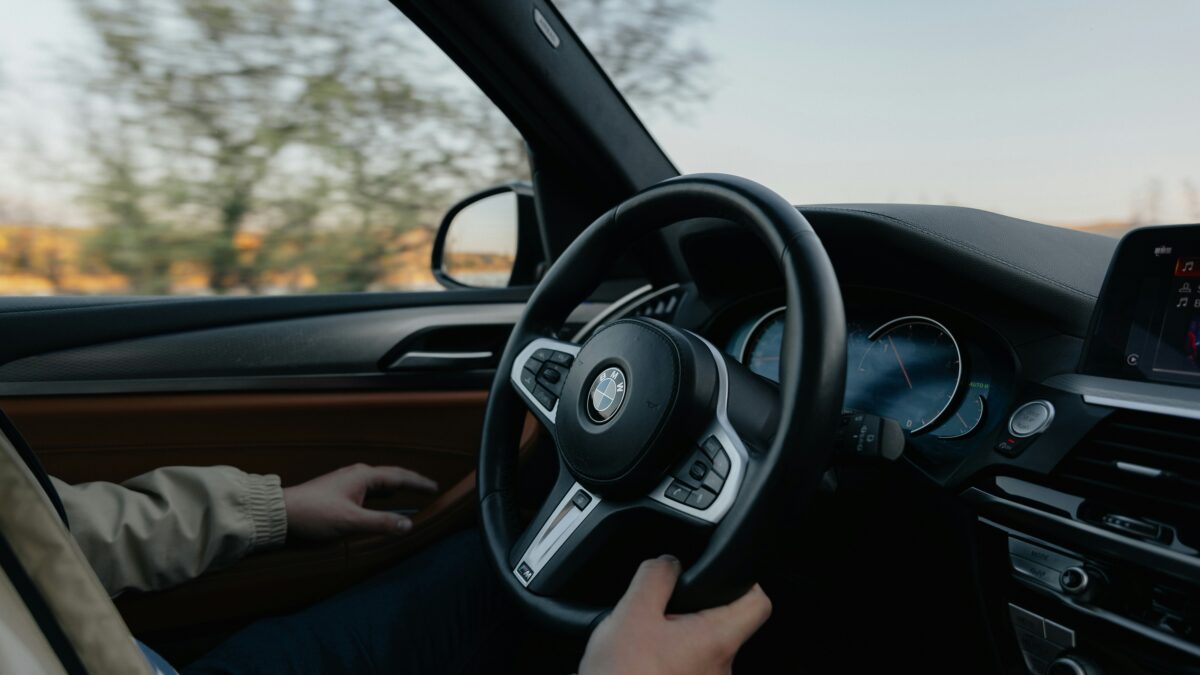When Should I Replace My Brake Pads and Rotors?
Cars are unquestionably an essential, everyday part of our lives. They get us from place to place, whether that be to work, to see family and friends, or for errands. Because we need cars to accomplish all of these tasks, it is important that you perform due diligence when maintaining their vehicles, which includes making sure that your brakes, brake pads and rotors are in tip-top shape before you hit the road. Below you will find everything you need to know so you can avoid a catastrophe while on the road.
“Braking” it down: how brakes and rotors work
First things first, let’s take a moment to understand exactly how the brake system in your car works. When you are driving down the road, you probably do not stop and think about the intricacies of your brake system when you push the brake pedal to stop at a red light. Here are the steps for how your brake system works:
- First, driver signals for the car to stop by pressing down on the brake pedal
- Second, the plunger master cylinder forces brake fluid out of the reservoir
- Next, fluid flows through the brake lines and to the wheels
- Then, fluid flows into calipers
- Next, pressure is transmitted to the brakes
- Last, force creates friction between the brake pads and rotors, causing the car to stop
When you press on the brake pedal, parts called calipers cause brake pads to clamp down on rotors. Rotors operate by rotating in sync with the car’s wheels as they move, and the brake pedal either mechanically or electronically causes the brake pads to clamp down on the brake rotors. The friction caused by the rotors causes the car to slow down and eventually stop.
What causes them to wear down?
There are a few factors that can contribute to the wear down of your brake pads and rotors. For example, the way that you drive affects the life span of your brake pads and rotors. If you are “heavy-footed” and wait until the last minute to hit your brakes on a regular basis, your brake pads and rotors are going to wear down at a much quicker rate than if you are lighter on the pedal. Another factor is the weight of the vehicle.
If you drive a heavier vehicle, like a large SUV or a truck, then that is going to increase the rate at which your brake pads and rotors deteriorate because it places more strain on the braking system. Also, extreme temperatures can also have an impact on the durability of the brakes. If you live in a place with an extreme climate such as extremely cold winters or extreme heat, this can wear down your brake pads and rotors.

Image source: Pixabay
What are the signs that I need to replace my brake pads and rotors?
So you might be wondering, what do I need to look for when determining if my brake pads and rotors need replacing? The average car needs their brake pads and rotors replaced every 70,000 miles. But you may encounter signs that they need to be replaced much sooner. Some of the signs to look for include:
- Squealing brakes
- Squeaking brakes
- Grinding
- Grooves are worn into the rotor by brake pads
- Vibrations or wobbling when you press down on the brake pads
You may also notice that it takes longer than usual for your car to reach a complete stop or you have to press harder on the brake pedal in order to slow down.
How much does brake pads and rotors replacement cost?
Of course, if you are able to replace the brake pads and rotors yourself, you will be saving yourself a small fortune. However, if you plan on taking your vehicle to the shop there are a few components to take into consideration.
When taking your car to the shop for brake system maintenance, keep in mind that when you have to replace your brake pads, you do not always have to replace your rotors. If you are only replacing your brake pads, the price is going to be determined by the type of brakes and the labor rate of your mechanic. Brake pad replacements typically range between $115 dollars and $270 per axle.
The cost for replacing rotors, like brake pads, is also determined by the type of rotors. Not to mention, the labor rate of your mechanic. Also, if you are replacing your rotors, you need to replace your brake pads as well. The two main types of rotors are steel and carbon-ceramic rotors. If you drive a daily driver, you are probably going to use all-steel rotors, which are considerably less expensive by comparison. Perhaps you drive a sports car or race car, then you may use cross-drill or vented rotors, which are more expensive. If you drive a luxury car, you may have carbon-ceramic rotors, which are very expensive but last longer than other types of rotors. Either way, you are going to spend around $250 to $500 dollars per axle to have them replaced.
Final thoughts
Ensuring that your brake pads and rotors are in good shape is not only imperative for the overall performance of your car, but it is also important for the safety of you, your passengers, and other drivers on the road. If you delay servicing your brake pads and rotors and your brake system fails, problems will endure. As long as you pay attention to the way your brakes are working and look out for the signs, you will always have a smooth, uninterrupted ride.
















It would be cool if cars had air brakes like semi trucks and buses instead of using a brake fluid system